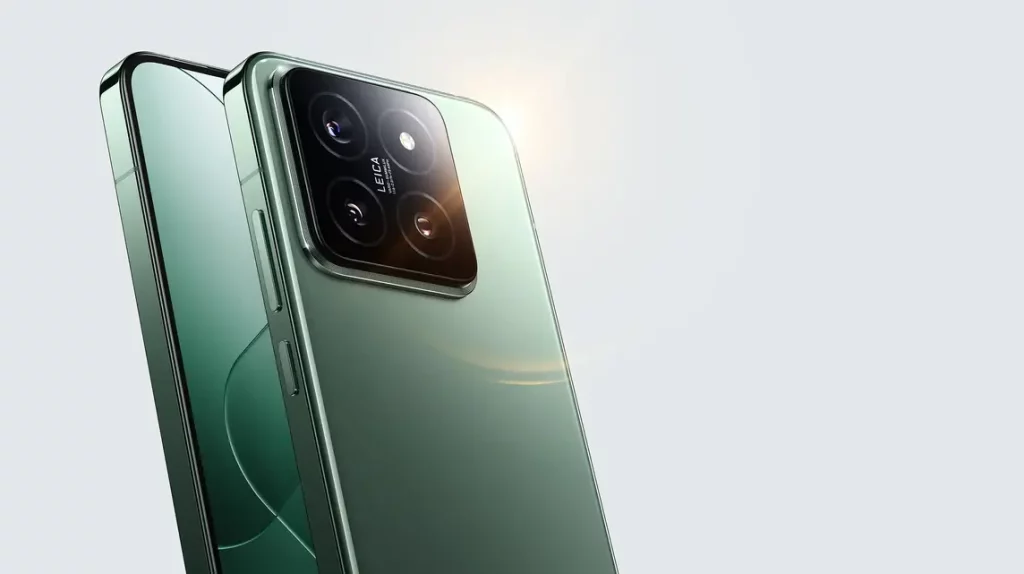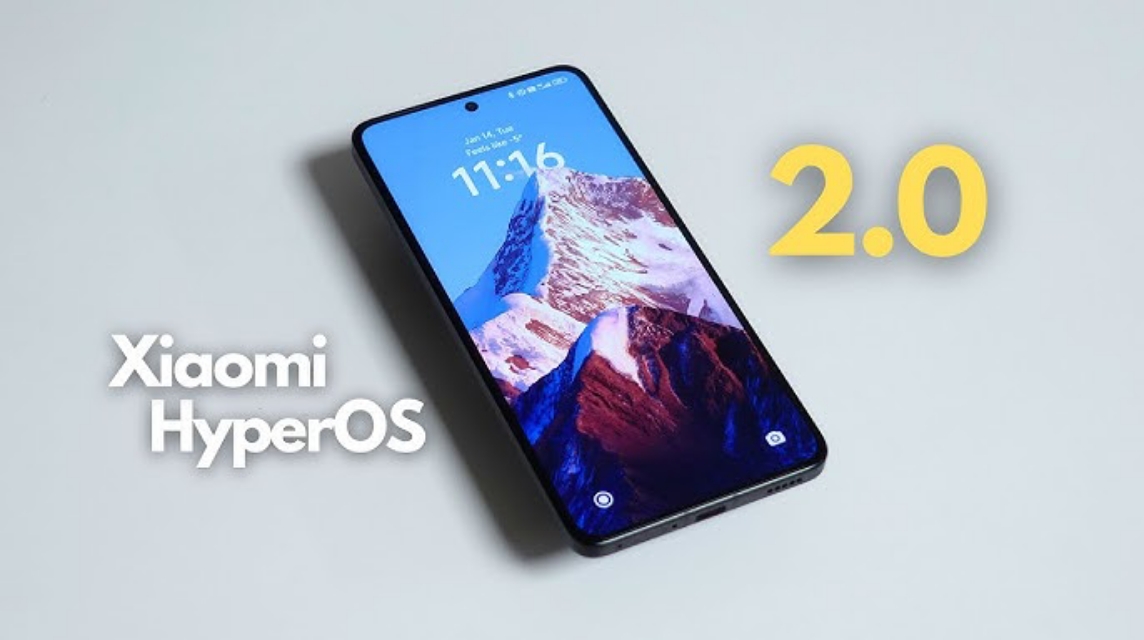Xiaomi HyperOS: A Lighter and More Advanced MIUI Replacement
If you are a loyal user Xiaomi, you may already be familiar with the news of the emergence of Xiaomi HyperOS, a new operating system that is said to replace MIUI.
This name has been trending since late 2023, promising a much lighter, faster, and more integrated experience across devices. Many users are curious about what HyperOS actually is. Is it simply a rebranding of MIUI, or is it truly a new operating system with significant changes?
Cheapest MLBB Diamonds!


 BANGJEFF
BANGJEFF

 KING OF DIAMONDS
KING OF DIAMONDS

 KING OF DIAMONDS
KING OF DIAMONDS

 RudyStorez
RudyStorez

 BV2SHOP
BV2SHOP

 TopMur
TopMur

 BV2SHOP
BV2SHOP

 KING OF DIAMONDS
KING OF DIAMONDS

 BV2SHOP
BV2SHOP

 BV2SHOP
BV2SHOPWith HyperOS, the Chinese company wants to build a smart ecosystem that unites all Xiaomi devices.
So, HyperOS isn't just about looking different, but also laying the foundation for a smarter, more connected future for Xiaomi technology.
Also read:
- Understanding, Function, and How RAM Works on Cell Phones & Laptops
- How to Download Facebook Videos Easily & Safely
- How to Make Your Facebook Account Private So It's More Secure and Can't Be Seen by Others
What is Xiaomi HyperOS?

Xiaomi HyperOS is Xiaomi's latest operating system, replacing MIUI. It was first announced in late 2023 and began rolling out to various Xiaomi, Redmi, and POCO devices in 2024.
Simply put, HyperOS isn't just an Android skin like MIUI, but more of a cross-device operating system. That means it's not just for... smartphones, but it can also run on tablets, smartwatches, TVs, and even Xiaomi electric cars, all within one ecosystem.
Xiaomi designed HyperOS based on a combination of the Android Open Source Project (AOSP) and Xiaomi Vela, its own in-house operating system. This combination makes HyperOS lighter, more efficient, and ready to connect all smart devices within the Xiaomi ecosystem.
Additionally, Xiaomi promises improved performance and security over MIUI. The UI remains familiar, but cleaner, faster, and less bloatware.
What Uses HyperOS?

You might be wondering, "Which Xiaomi phones already use HyperOS?" Well, since its initial launch, Xiaomi has gradually rolled out HyperOS to various series. Here are some examples:
Xiaomi Smartphone
- Xiaomi 14 & 14 Pro (first global release with HyperOS)
- Xiaomi 13, 13 Pro, 13 Ultra
- Xiaomi 12T, 12T Pro, 12S Ultra
Redmi Series
- Redmi Note 12 & Note 13 Series
- Redmi K60, K60 Pro, K70
- Some Redmi 12 models are also starting to receive the update
POCO Series
- POCO F5 & F5 Pro
- POCO X6 & X6 Pro
In addition, HyperOS is also present on other devices such as:
- Xiaomi Pad 6 (tablet)
- Xiaomi Watch S3 (smartwatch)
- And even the Xiaomi SU7 electric car also uses the HyperOS system!
Interestingly, Xiaomi also promises that almost all devices previously running MIUI 14 will receive the HyperOS update gradually. So if your phone is still running MIUI, just wait!
What is the Difference Between HyperOS and MIUI?

Now, here's the question that comes up most often: what exactly is the difference between HyperOS and MIUI? At first glance, they may look similar, but there are some major differences.
Lighter System Structure
MIUI is known to be a bit heavy on some older devices. HyperOS now features a new, more efficient structure, reducing memory usage and making the system run faster.
Wider Ecosystem Integration
MIUI focuses solely on smartphones and tablets. HyperOS, on the other hand, can be used across devices—from phones to watches to electric cars. So, you can log in to a single Xiaomi account and instantly sync all your data.
More Modern Design and Interface
HyperOS offers a fresher look, new icons, smoother animations, and a more intuitive control panel. Those who prefer a clean and smooth look will surely love it.
Enhanced Security and Privacy
HyperOS brings a more secure HyperConnect system. Xiaomi has also added stronger encryption and privacy protection features to keep your data safe.
Deeper AI Support
One of the new features in HyperOS is the integration of AI in various aspects, such as camera settings, battery management, and a smart system that can learn user habits.
Overall, HyperOS isn't just a "new version of MIUI," but Xiaomi's major step toward a more connected, intelligent ecosystem. It offers lighter performance, a more modern look, and cross-device capabilities never before seen in MIUI.
Also read:
- How to Turn Off Your Phone Automatically, Without Pressing the Power Button
- Samsung M11 2025: Specifications, Advantages, and Latest Price
- Cool TikTok Names for Guys to Stand Out
For Xiaomi, Redmi, or POCO users, get ready for a new experience with the HyperOS update. Because in the future, all Xiaomi devices will be connected into one smart system, from phones to watches to cars.







